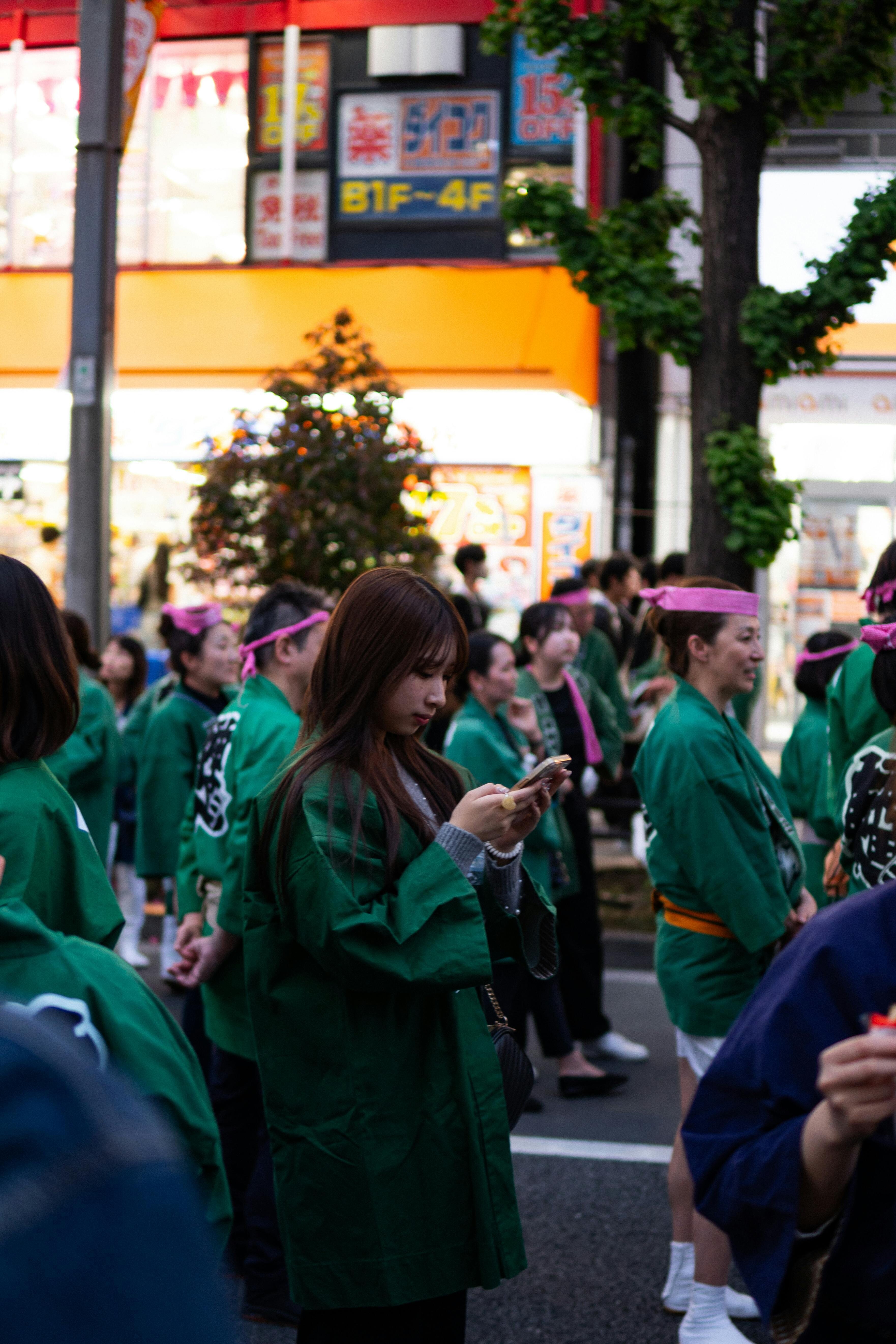Some of the world’s happiest people have a surprisingly simple way to tackle loneliness

Image: REUTERS/Yves Herman
Toad, a 20-year-old Danish woman living in Copenhagen, has been lonely her whole life. She is autistic, and as a child, did not have any friends. When she moved from the country to the city, not much changed. “They says it’s a phase, but a phase becomes a life,” she says, surrounded by six other young adults in a cozy apartment in Copenhagen—all of whom are working on becoming less lonely.
Toad is among the attendees of Ventilen, or “friend to one” in Danish, a 20-year-old organization set up to bring 15-to-25-year-olds together twice a week with two or three volunteers. Together, the people in the group play games, make meals, go to the cinema, and build the human connections that many feel they lack.
“I try to fight my depression by being less lonely, not with medicine,” Toad says.
Christian, who is 23, says he too suffered in high school. Though he had two friends with whom he spoke regularly, he rarely saw them in person. He tried anti-anxiety medicine, but coming off it was hard. Then his aunt found Ventilen on Facebook and recommended he try it. “It’s helped me to open up,” he says. “I don’t feel lonely the same way.”
Ventilen currently offers 21 venues in Denmark where young people looking for companionship can meet one another. There are 15 gathering places for people aged 15-25, and six KOMsammen, or “Fit for Friendship” places, which focus on food and movement for those aged 15-30. The essential services its venues offer are straightforward, and yet can be so elusive: a place to go, things to do, and people to do them with.
While Ventilen has been around for decades, its simple yet novel approach is getting more attention as governments everywhere wake up to the prevalence, and cost, of loneliness. A recent Kaiser Family Foundation study showed that 22% of Americans, 23% of Brits and 9% of Japanese adults said they felt lonely all the time. When the BBC asked 55,000 people about their experiences with loneliness,33% of respondents said they were “often” or “very often” lonely. Among those aged 16-24, the figure was a shocking 40%.
Vivek Murthy, the former US surgeon general, has declared loneliness an “epidemic,” noting that it was dangerous both in its own right and because of its links to deep societal problems such as addiction and violence: “It’s prevalent, it’s common, and the studies Julianne [Holt-Lunstad] and others have done have shown a robust association with illnesses that we actually care about, including heart disease, dementia, depression and anxiety, and very importantly, longevity.”
Indeed, Holt-Lunstad’s research shows that being disconnected poses comparable danger to smoking 15 cigarettes a day, and is more predictive of early death than the effects of air pollution or physical inactivity.
Finding a common purpose
According to Julie Vorsaa, volunteer coordinator for Ventilen, the idea for the organization can be traced back to 1999, when two volunteers (whose names no one remembers) were working for a help line. They noticed a lot of people weren’t as much in need of help as they were in need of friends. They were lonely, and the help line could only be a band-aid, not a cure. They formed a support group called Bright Point, aimed at facilitating IRL conversation. But when people came together, no one talked. The idea seemed destined to fail.
Then someone had the idea of introducing games. “They had a catalyst, and they started to talk over the game,” she says. Later, the group added the idea of making meals, and then exercising. “They found out food was a good thing to bring people together,” she says. “You talk when you eat. It’s more cozy.”
Since 2011, Ventilen, which gets funding from the government and private donors, has been measuring its results. Through 2017, nearly 700 people had participated in Ventilen (55.7% men, 44.3% women), with the average age being 20.9. According to its self-reported survey, 70% of participants said they felt less lonely after coming, while 74% reported higher self-worth after coming. Sixty-four percent said they were better at social situations, and 80% said they were more likely to meet other people.
About one in 10 young people in Denmark report that they are lonely. While this may seem surprising in a country that is frequently rated one of the happiest in the world, it mirrors data from around the world showing a spike in loneliness among the young as well as the old.

While some argue there is no new crisis of loneliness, Murthy says a few things are contributing to raised awareness of the problem. More people are talking about it, creating a snowball effect, while research is showing its ill effects on health and well-being. “It’s not new—people have been lonely for hundreds of years,” he says. “But I think the fact that it is an almost universal experience makes it easier for people to be open to thinking about it, even if they don’t want to talk about it.”
The program is not without challenges. Many lonely people may be too intimidated to come to a venue; some who come won’t return. But designating a space for gathering and having activities to bring people together is an effective way to tackle loneliness, says Claire O’Shea, a campaign manager for the UK’s Campaign to end Loneliness. “You can’t just bring a roomful people together, you have to find a common purpose,” she says. “It takes the pressure off finding something to say, and that’s talking about the moment, or the activity.” She cites Men’s Sheds, an organization that promotes community spaces for men to “connect, converse and create.” They gather in areas—empty offices, portable cabin’s, warehouses, garages, and in one case, an out-of-use mortuary—to do things like woodworking, metalworking, and repairing and restoring things. They’re also there to be together.
Because as anyone knows, you can be in a room filled with people or a city and be plenty lonely.
Opening up
When I first ask to go to a Ventilen in Copenhagen, Vorsaa tells me it will not be possible. Privacy is paramount, and the individuals themselves do not even register their names. (They give their gender, age, and whether they are employed and/or in school.) “It is a safe space,” she explains. It can be very hard to realize you are lonely, and even harder to admit it because of the social stigma. More people will come if they do not have to give personal information.
But when we meet in the Ventilen offices, a volunteer reports that a group is happy to speak with me. We bike over to Nørrebro, one of Copenhagen’s most diverse neighborhoods, to a comfortable apartment with a small kitchen and eating area, as well as a sitting room with a coffee table. The group has already shopped for lunch and cooked it together before sitting down for games.
Some are clearly shy, but open up gradually to paint painful portraits of what it’s like to feel very alone. Tuned in to a hyperconnected world via social media and gaming, they report wanting the friends and connections they see but feeling that such relationships are out of reach, for reasons varying from chronic pain to video game addiction, social anxiety, and a pervasive sense that they simply do not have the muscles to form social bonds.
Simone, 20, says she has been depressed since she was 10. “I am used to it,” she says. “That’s the worst part.” When her two best friends moved away, she explains while crying, she reverted to a life of only working and sleeping. She developed chronic pain because she did not move enough. “I didn’t want to leave my home because I didn’t need to, and everyone was very busy.”
A nurse at a pain clinic told her about Ventilen and she decided to try it. It’s been positive for her, she says, in part because being more active means she’s not in as much pain. She still takes anti-depressants, and still has severe social anxiety, she says. “My heart is racing just talking to you.” But she enjoys coming. “It’s a reason not to go home and go to bed.”
The group is not designed to address addiction or severe mental illness, and screens participants accordingly. “We see a lot of people with mental illness and it’s fine,” says Vorsaa. “But if the mental illness overshadows the group, if it’s too big, it’s not the place.”
New participants come half an hour before their first group session to meet with a volunteer who makes sure the person is a good fit for the group. They pay for their own meals, since being part of a group means paying your own way.
Kasper, who wears glasses and is slight, has suffered with depression and anxiety. High school was very isolating, he says, and he took a break afterward. But he found he lacked the skills he needed to help himself. “In my life I had chosen to be so isolated so I didn’t know how to communicate.”
He spent a lot of time online, which he says made everything worse. “I think it gets worse with the internet,” he says. “We always look at the perfect picture on the internet.” Being part of a group through Ventilen has helped. “I’ve made some good friendships,” he says thoughtfully. “It’s been good for me.”
In addition to the groups, Ventilen is now working in 43 schools to train high-school teachers about how to be more supportive of students. “Young people hate going to school,” says Vorsaa. Many feel constantly left out, particularly since so much high-school work is done in groups. Students voice anxiety about being the last to be picked, or feeling that others are being forced to work with them.
They feel “it’s a game of musical chairs and they will lose every time,” she explains.
Having a place to go and people to see outside of school offers a reminder that they needn’t always feel that way. “What I find profoundly empowering about addressing loneliness is that the ultimate solution to loneliness lies in each of us,” Murthy says. “We can be the medicine that each other needs.”
Giving young people a room of their own, and something to do in it, is a good way to get that started.
Don't miss any update on this topic
Create a free account and access your personalized content collection with our latest publications and analyses.
License and Republishing
World Economic Forum articles may be republished in accordance with the Creative Commons Attribution-NonCommercial-NoDerivatives 4.0 International Public License, and in accordance with our Terms of Use.
The views expressed in this article are those of the author alone and not the World Economic Forum.
Stay up to date:
Healthcare Delivery
Forum Stories newsletter
Bringing you weekly curated insights and analysis on the global issues that matter.
More on Wellbeing and Mental HealthSee all
Dylan Reim
October 29, 2025






